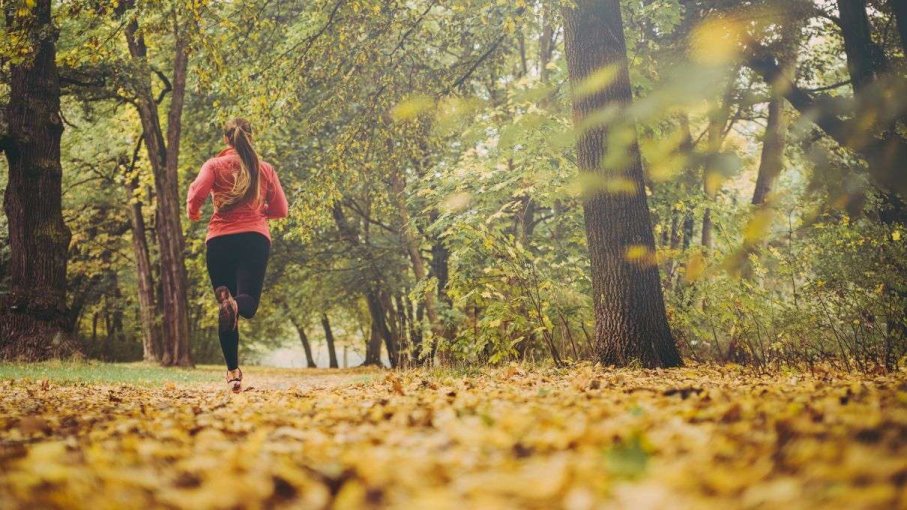Eighty-four percent of women we surveyed have been harassed while running. It’s time for that to change.
On the last Saturday of June 2019, Bryanna Gondeiro-Petrie left her in-laws’ house in eastern Washington state around 5:30 a.m. and headed down a lightly trafficked road. She needed to get out earlier than normal to squeeze in a quick shakeout run before traveling to Montana, where she would run the Missoula Marathon the next day.
As she ran against traffic, she noticed a black Toyota speeding toward her. Abruptly, the car slowed down. Then the driver rolled down the passenger-side window. Gondeiro-Petrie vividly recalls his “evil grin, as if he hit the jackpot in finding me,” she says.
The road behind Gondeiro-Petrie was empty—no houses, no cars, no side roads, and nowhere to go. A quarter mile ahead, she saw an older gentleman watering his trees, roughly 100 meters down a long driveway. She thought, “I need to get to that driveway.”
Gondeiro-Petrie sprinted. As she passed the car, the driver opened the passenger side door and yelled something unintelligible and laughed. He then hit the gas, flipped a U-turn, and intentionally drove down the wrong side of the road, coming up fast behind Gondeiro-Petrie. As the car pulled beside her, she reached the driveway and bolted down its length, shaking as she ran. The driver parked on the side of the road and watched her. When she reached the man watering the trees, he finally sped off.






Recent Comments